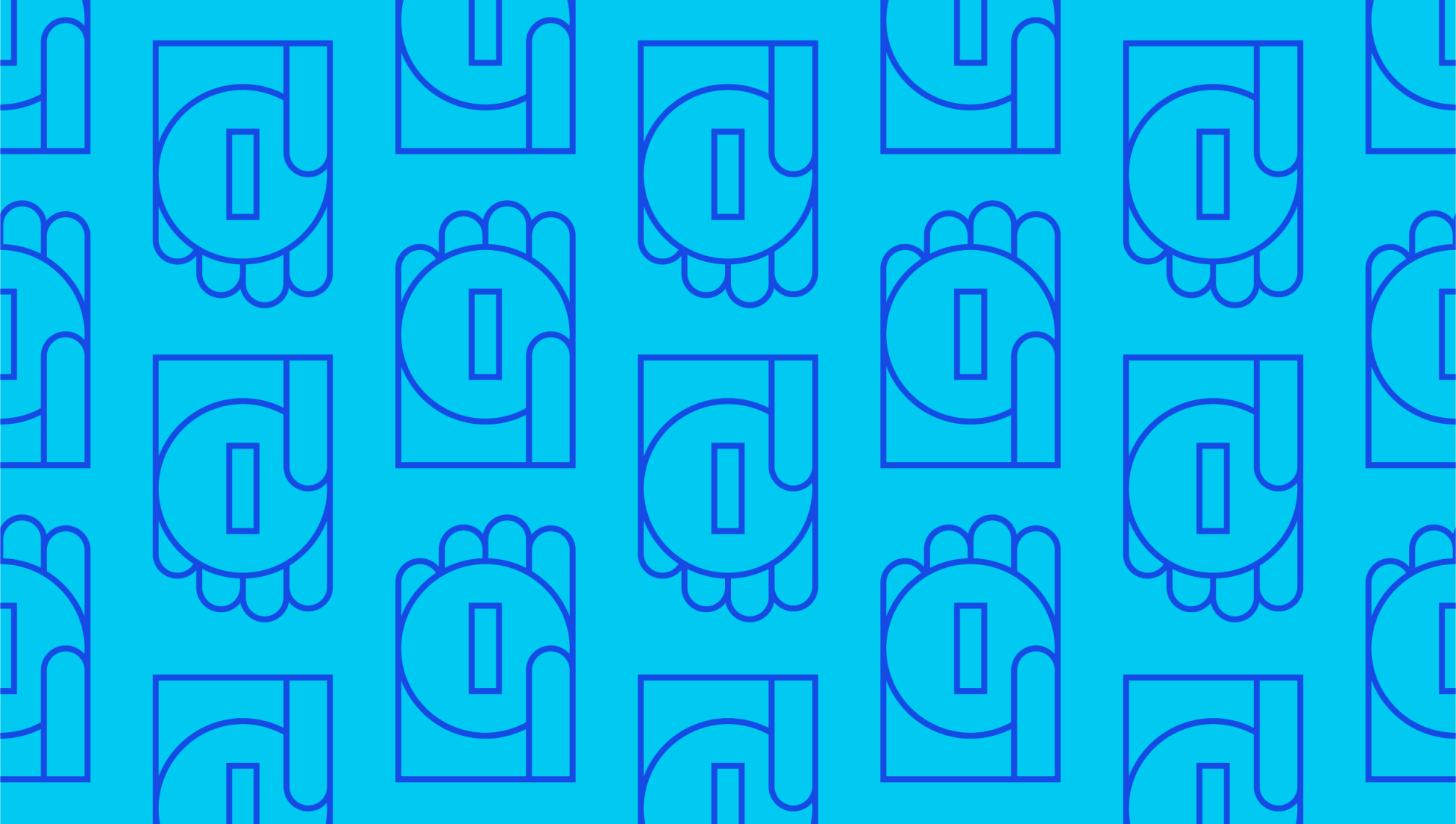Last editedMar 20232 min read
Whether you’re a freelancer, small business or an agency, there are a number of different ways that you can collect payment from your clients. For example, you may opt for several different online payment methods, or you could choose a bank transfer or traditional check. Whichever way you go, invoicing is an essential way to keep a record and remind your customers of their obligation to pay you.
Many people choose to use a retainer invoice to provide themselves with more security. Essentially, this is the same as a standard invoice except that it contains a retainer fee agreement. A retainer fee is an upfront payment made before any services or products are delivered so that the client can secure the job. Keep reading to learn the retainer fee definition and find out how they work.
What is a retainer fee?
The most important question to answer first is: “what is a retainer fee?” Put simply, this is an agreed amount of money that is paid upfront to the freelancer or other professional who is providing a service. For the client, this allows them to secure the job, while the freelancer receives an added level of financial security and usually faster invoice payment.
The retainer fee definition can be explained as a kind of down payment that covers the early expenses of the working relationship. For this reason, the retainer fee should remain in a separate account from the hourly wages of the freelancer. The goal of this is to ensure that the retainer fee is used towards the project rather than for personal purposes.
How to collect payments with GoCardless
1.
Create your free GoCardless account, access your user-friendly payments dashboard & connect your accounting software (if you use one).
2.
Easily create payment links to collect one-off or recurring online payments, and share them with your customers.
3.
From now on you'll get paid on time, every time, as GoCardless automatically collects payment on the scheduled Direct Debit collection date. Simple.
How does a retainer fee work?
When a client agrees to engage your services, you can require that they pay an upfront retainer fee. It’s also important to set out the terms of the retainer fee agreement with respect to what happens if the retainer fee is depleted, and what work you are obliged to carry out with this fee. The fee will be deposited in a separate account.
At the end of the month, the freelancer will then invoice the client for the outstanding fees and transfer the remaining retainer fee to their account. This may also involve some form of refund for the client if the work did not take as long as originally estimated and they ended up overpaying through the retainer fee.
Earned retainer fees vs unearned retainer fees
When looking for the answer to the question “how does a retainer fee work?”, you might also see the terms ‘unearned retainer fee’ and ‘earned retainer fee’. This essentially refers to whether the work has been carried out yet. The retainer fee is considered unearned until the services have been rendered to the client, at which point they are redefined as earned.
Earned retainer fees may be granted in one chunk at the end of the project, or you might receive this in payment instalments as certain project milestones are passed. It’s important to define this as part of the retainer fee agreement.
Using GoCardless for invoicing
For freelancers and small businesses alike, it’s easy to get overwhelmed by invoicing. While it may be easy when you’re dealing with a small volume, as soon as you start to generate more business it becomes harder to keep track of invoices. GoCardless is a perfect solution to help with both one-off and recurring invoice payments.
A great advantage of GoCardless is that once you have set it up, payments are taken automatically from the client’s account on the due date. This means no more chasing up late payments. What’s more, you don’t have to pay any monthly fees – just a fee per transaction.
We can help
GoCardless helps you automate payment collection, cutting down on the amount of admin your team needs to deal with when chasing invoices. Find out how GoCardless can help you with ad hoc payments or recurring payments.

